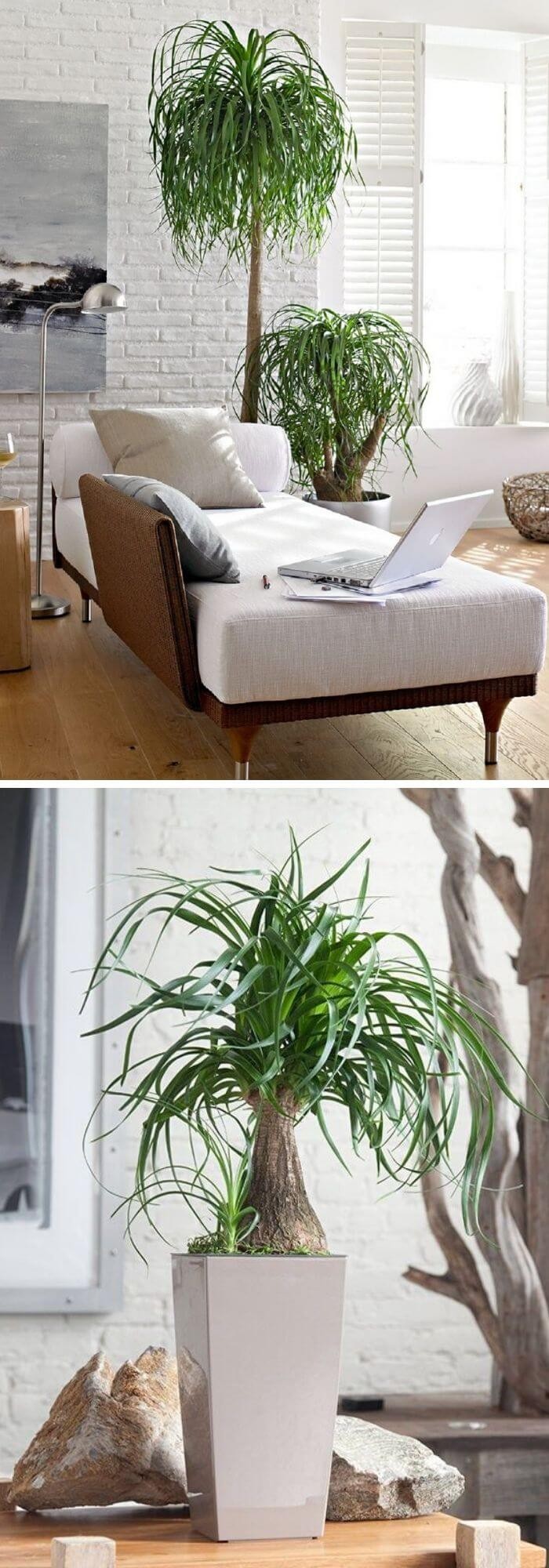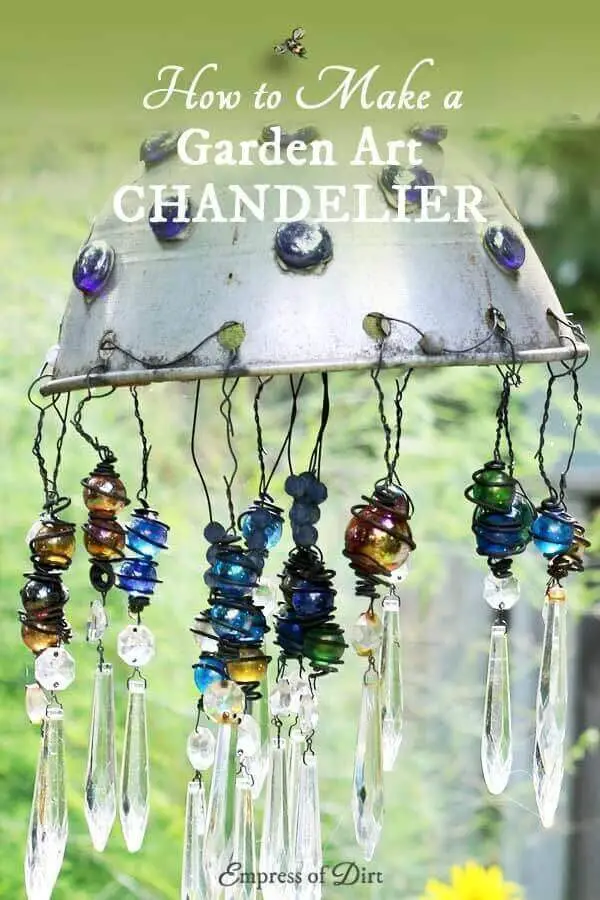Plants That Grow In The Dark: Top Guide
Despite their often-overlooked nature, plants that thrive in low-light conditions have a lot to offer. Not only do they purify the air and promote a sense of serenity, but they’re also incredibly versatile and adaptable to indoor environments with limited natural light. While not everyone has a sun-drenched windowsill or expansive outdoor space, these resilient plants can flourish in even the darkest corners of our homes and offices. By incorporating them into your decor, you’ll not only add a touch of greenery and vitality to your space but also create a sense of satisfaction and accomplishment that comes from nurturing life in all its forms.
Top Plants That Grow In The Dark
Philodendron
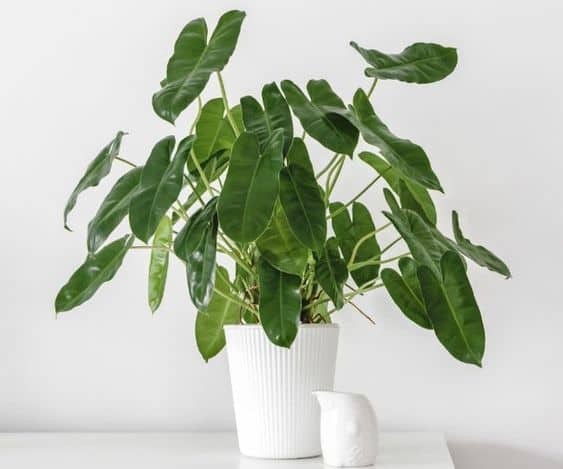
The philodendron’s striking features – its lush green leaves and sprawling vines that can stretch several feet long – make it an iconic choice for indoor plants. This tropical stunner is surprisingly low-maintenance and can even flourish in environments with limited natural light. Moreover, its air-purifying properties render it a healthy addition to any home or office, contributing to a fresher and more welcoming atmosphere.
Rex Begonia
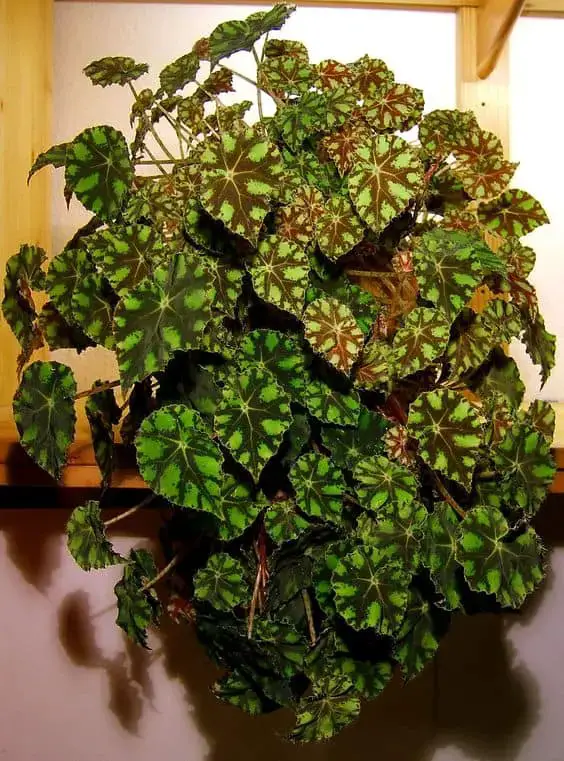
Rex Begonias offer an irresistible charm that can elevate the ambiance of any room without requiring excessive maintenance. Their unique leaf patterns and striking hues make them a favorite among plant aficionados.
Devil’s Ivy
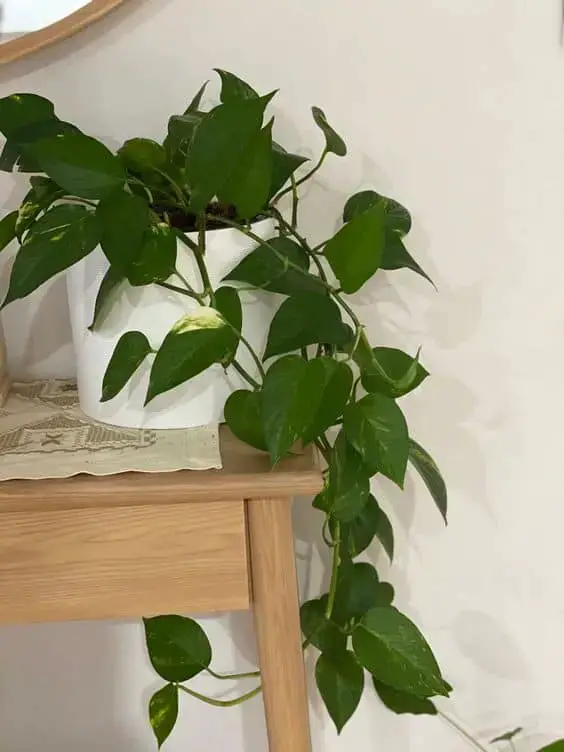
With its remarkable adaptability, this resilient plant has earned its reputation for flourishing in a range of lighting scenarios, including environments with limited natural light. Its striking heart-shaped leaves and versatile trailing vines make it an attractive option for showcasing in hanging baskets or allowing to climb up a trellis. Furthermore, its low-maintenance requirements render it an ideal choice for novice gardeners, making it an excellent introduction to the world of plant care.
Lucky Bamboo

Bring a touch of serendipity into your home by introducing a Low-Maintenance Lucky Bamboo Plant! With its effortless upkeep requirements, this unusual yet captivating specimen is perfect for individuals who are new to the world of plant parenthood or simply prefer to keep things simple. The Lucky Bamboo’s unique charm lies in its ability to thrive under minimal care, making it an ideal addition to any space.
Palm Chamaedorea Elegans
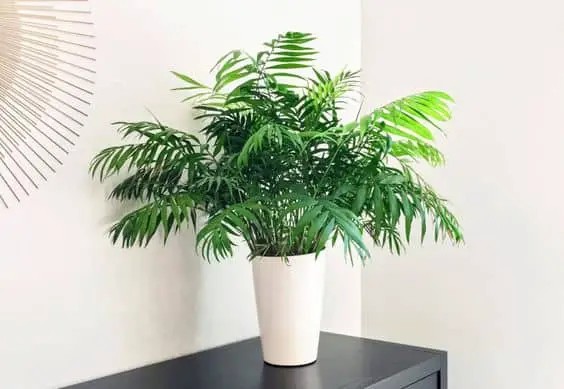
With its slender, fern-like leaves and capacity to flourish in even the most subdued lighting conditions, this refined palm species has captured the hearts of many indoor garden enthusiasts. As a slow-growing yet low-maintenance option, it’s easy to see why it’s become a staple for those seeking to add a touch of tropical elegance to their living spaces.
ZZ Plant

With its luscious, jet-black foliage glistening in the light, this remarkable plant truly stands out. But what’s equally impressive is its ability to thrive even in dry conditions, making it an ideal option for busy gardeners or those prone to forgetfulness when it comes to watering.
Parlor Palm
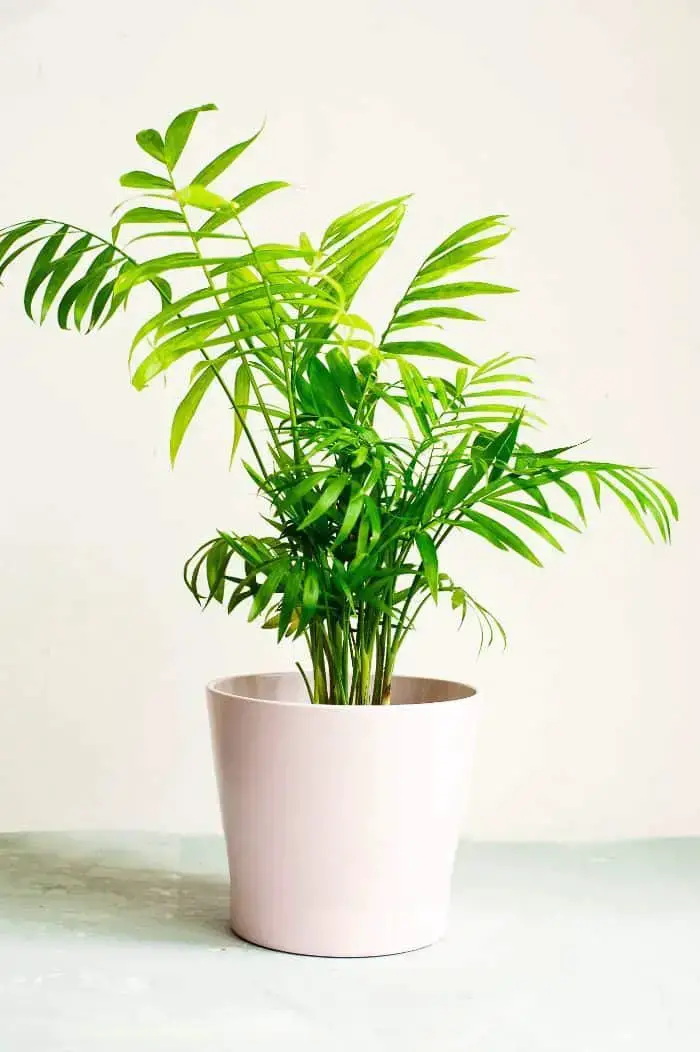
The Parlor Palm excels in conditions of indirect sunlight, where it requires careful watering only when the soil has fully dried out. Its unique aesthetic appeal makes it a popular choice for indoor spaces like living rooms and hallways, where its low-maintenance nature allows it to flourish without excessive attention.
Chinese Evergreen
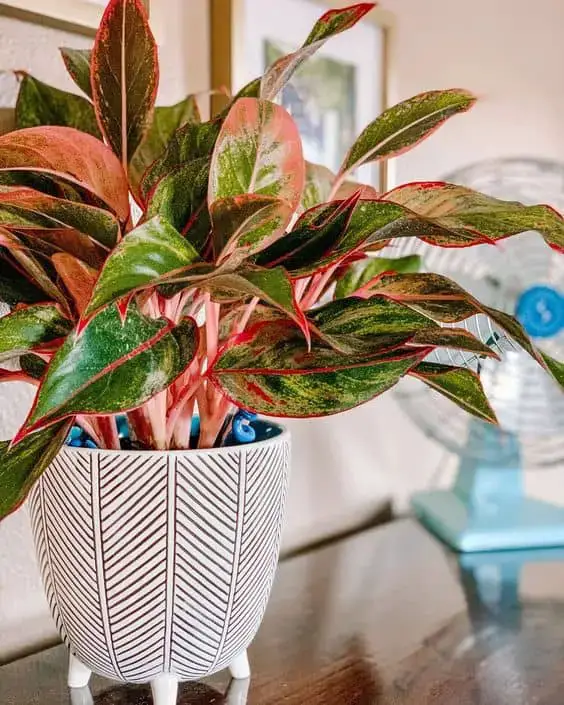
The Chinese evergreen’s versatility stems from its adaptability to thrive in low-light conditions, as well as its ability to flourish in a variety of temperature settings. Its glossy green leaves only add to its appeal, making it a popular selection among indoor plant enthusiasts. Moreover, this plant is renowned for its low-maintenance requirements, allowing it to be easily integrated into any home or office environment.
Peace Lily
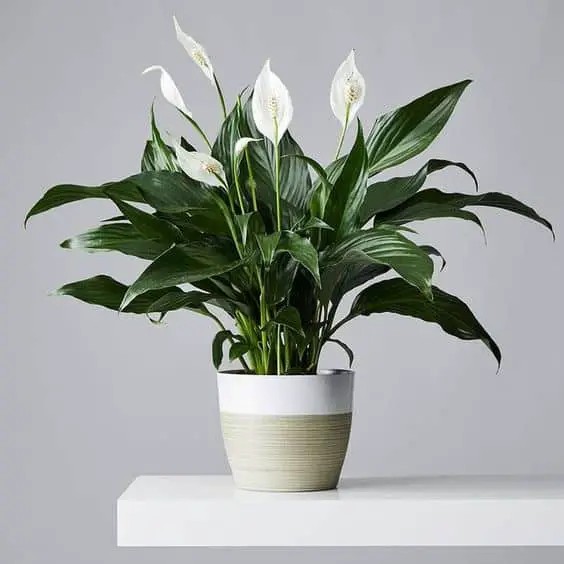
With its delicate white blooms featuring a distinctive hood-like structure, this elegant plant is not only visually striking but also boasts impressive air-purifying qualities, making it an ideal addition to any living space.
Prayer Plant
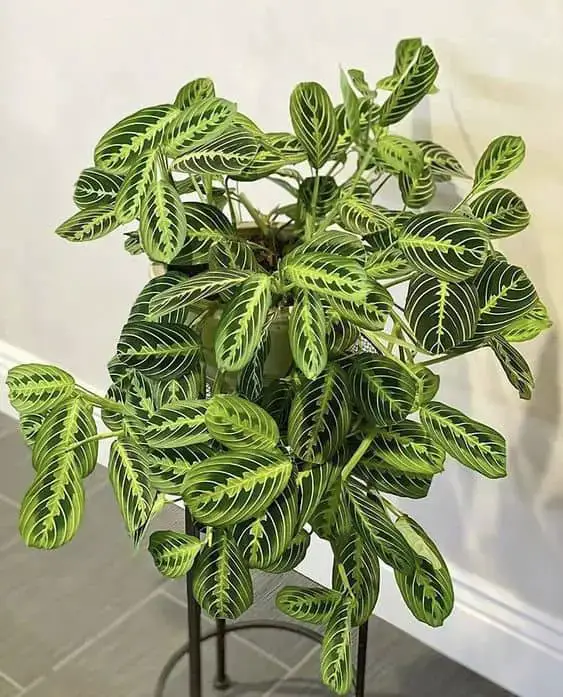
Prayer plants earn their namesake by folding their leaves together in a peculiar manner, evoking the image of hands clasped in prayer. This unique characteristic is accompanied by vibrant, intricately patterned foliage that adds to the plant’s charm.
Boston Fern
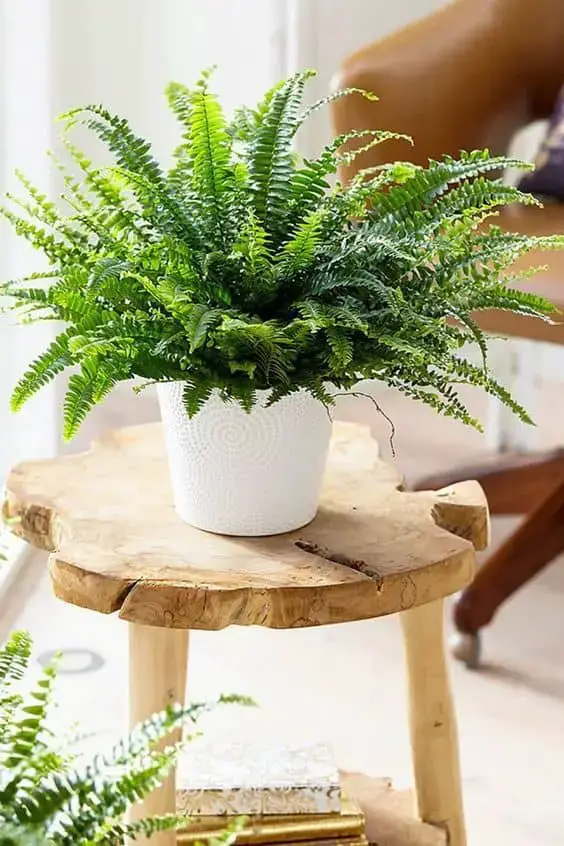
Boston Fern, a celebrated houseplant, boasts impressive air-purifying properties. Native to the lush tropical rainforests, it thrives in humid environments. This versatile plant can be container-grown on a porch or suspended in baskets, tolerating indirect, natural, or artificial light conditions.
Dracaena
The dracaena’s striking, vibrant foliage and remarkable adaptability to thrive in low-light conditions have solidified its position as a beloved option for indoor plant enthusiasts. Moreover, its low-maintenance requirements and impressive air-purifying capabilities make it an excellent choice for both residential and commercial spaces, providing numerous benefits to those who bring it into their homes or offices.
Spider Plant
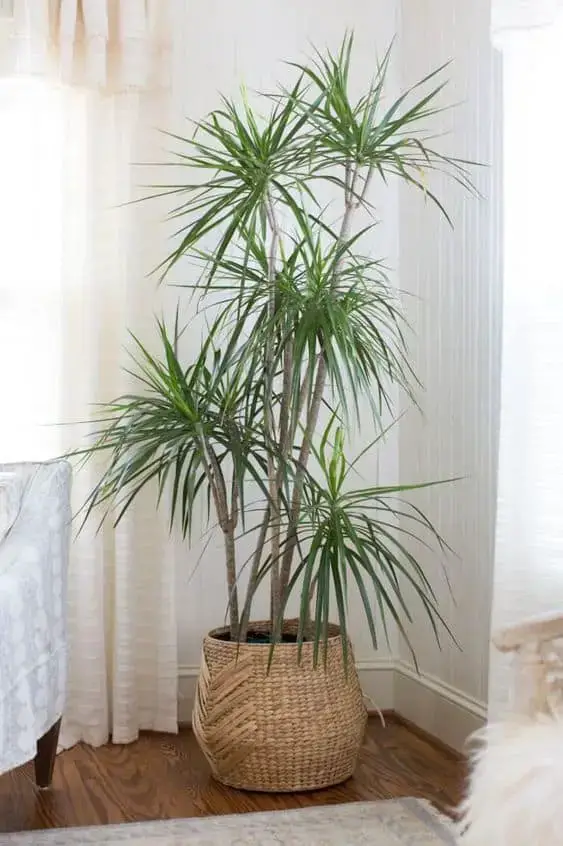
The spider plant’s distinctive feature is its collection of long, narrow leaves that stretch out in all directions. But what really sets it apart is its low-maintenance nature and unique ability to produce miniature versions of itself – known as ‘spiderettes’ – which can be effortlessly propagated to create even more plants.
Goldfish Plant
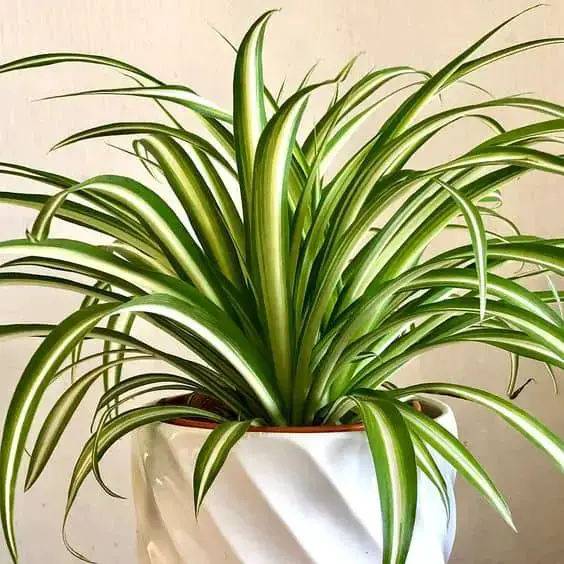
The Columnea, a type of hanging plant, boasts delicate, soft-green foliage and an extraordinary feature – it produces vibrant, trumpet-shaped blooms that resemble tiny mouths. To coax this beauty out from beneath the surface, it requires a specific environment: filtered sunlight and well-draining soil with infrequent watering.
Cast Iron Plant
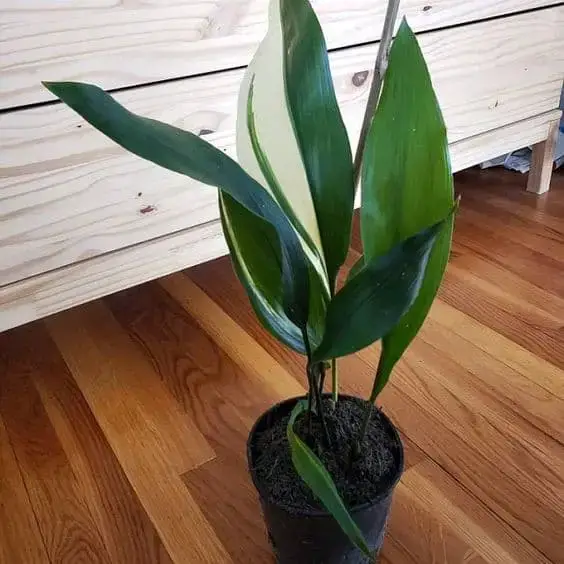
The cast iron plant’s reputation precedes it – this resilient greenery excels in adapting to diverse lighting conditions, including low-light environments. Its defining characteristic lies in its elongated, slender leaves that make it a favorite among novice indoor plant enthusiasts. Not only is it adaptable, but the cast iron plant also boasts an effortless care regimen, solidifying its status as a top choice for those new to the world of houseplants.
Calathea
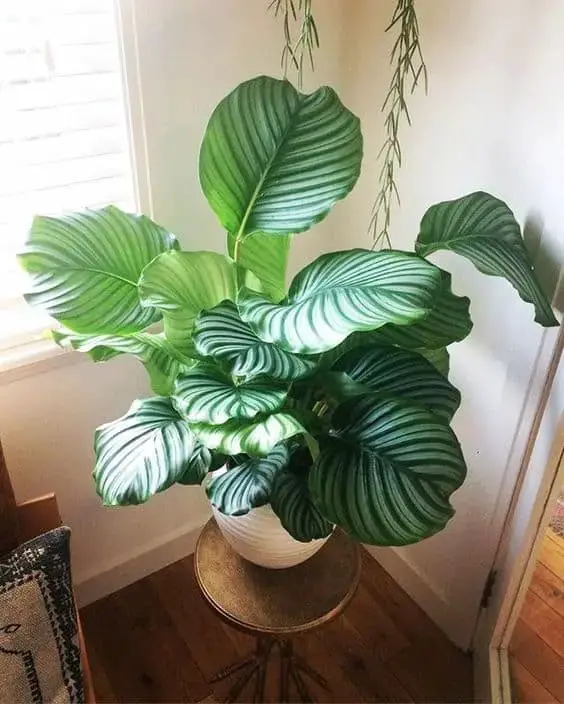
To keep your Calathea plants healthy and thriving, you’ll need to provide them with more attention than the average houseplant requires. This means ensuring consistent moisture levels, as they can’t tolerate dry spells. In terms of lighting, while they don’t demand a lot of direct sunlight, they do prefer environments with higher humidity and perform exceptionally well in low-light conditions.
Snake Plant

With their striking appearance and impressive stature, snake plants have earned a reputation for their ability to thrive in a variety of environments. One notable distinction is their recognition by NASA as a top performer among air-filtering plants, highlighting their remarkable capacity to purify the air around them.
Umbrella Grass
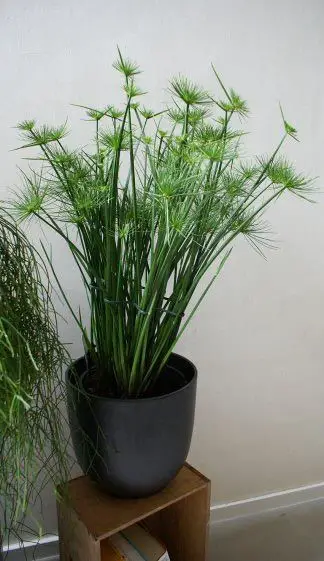
Umbrella Grass stands out for its unique morphology, characterized by long, slender stems that radiate from a central hub, creating a visually striking canopy-like effect. The plant’s leaves are fine and grass-like in texture, while the reproductive structures take the form of clusters of small, inconspicuous flowers.
Dumbcane Dieffenbachia
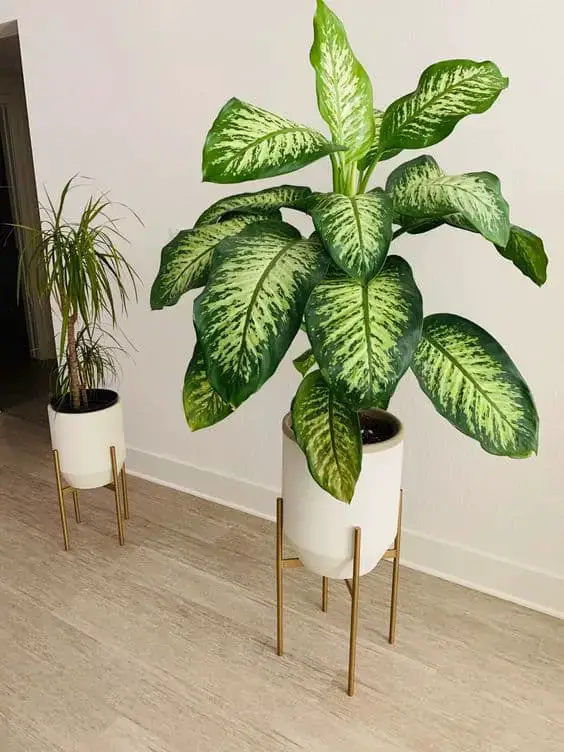
Dumbcane’s most striking characteristic is its impressive foliage, boasting large, glossy leaves that showcase a kaleidoscope of colors, including vibrant shades of green, yellow, and white. This ornamental feature has contributed significantly to the plant’s popularity as a houseplant, despite its rather unusual common name, Dumbcane. The name stems from the fact that if one were to ingest the leaves, they would temporarily render the tongue and mouth immobile, making speech and swallowing challenging tasks. Despite this unique peculiarity, Dumbcane remains a sought-after addition to many homes due to its undeniable visual appeal.
Edible Plants That Grow In The Dark
Low-light conditions don’t have to mean a lackluster harvest. Many edible plants can thrive in environments with limited sunlight, providing you with a bountiful yield despite the reduced light levels. Some of these plants include…
Mushrooms
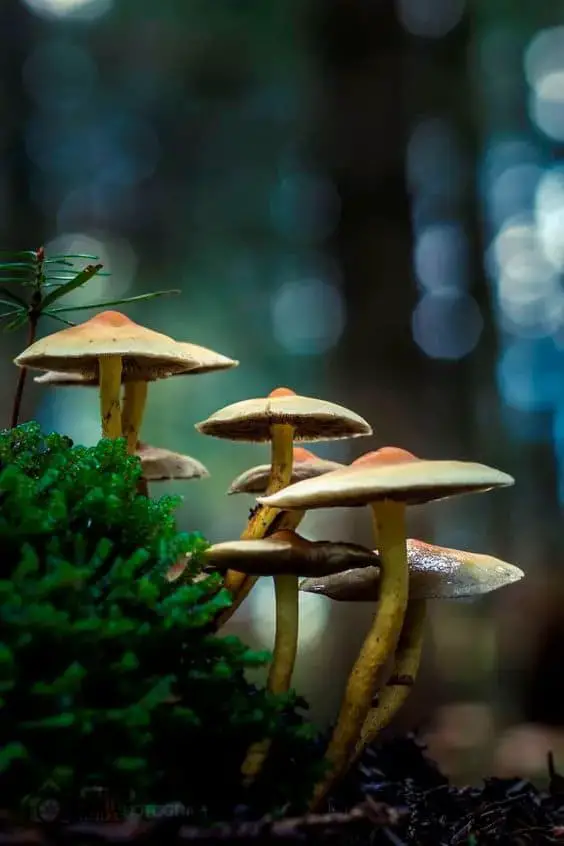
While most plants thrive in sunlight, mushrooms are a fascinating exception. These edible wonders can flourish in the dark, thanks to their unique ability to harness energy from decomposition rather than photosynthesis. By breaking down organic matter into usable nutrients, they’re able to sustain themselves even in low-light environments as long as they have access to moisture and suitable growing conditions.
Maidenhair ferns
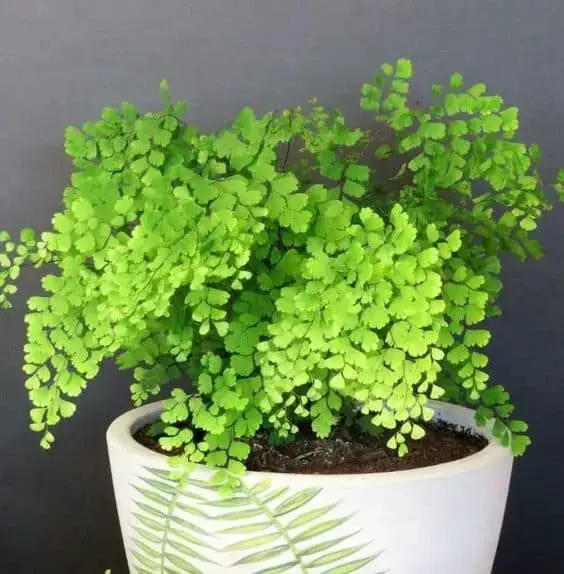
Maidenhair ferns bring an air of sophistication to any environment with their intricate, net-like fronds. What’s more fascinating is that these plants can thrive in low-light conditions, making them a great option for rooms with limited natural light. To keep your maidenhair fern happy and healthy, be sure to maintain a humid atmosphere by regularly misting the leaves.
Forced rhubarbs

While rhubarb is often associated with springtime due to its vibrant pink stalks and tangy flavor, this versatile plant has a secret: it can thrive in any season. In fact, with the right conditions, you can enjoy rhubarb all year round. One way to do this is by growing it in the dark. This unique approach allows for continuous harvesting, making it a great option for those who want to get creative with their cooking and enjoy a consistent supply of this tasty treat.
Chicory
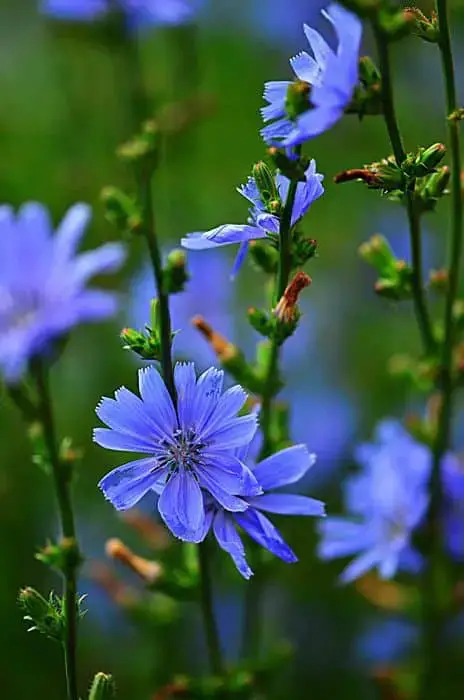
While some may find its distinctive taste unappealing, endive stands out as a versatile green that can inject a burst of flavor into a wide range of recipes. Its distinct character makes it an attractive addition to salads, sandwiches, and other dishes where a bit of zest is desired.
Furthermore, chicory root is a rich source of inulin, a prebiotic fiber with scientifically-proven benefits for weight management and gut health. By incorporating this fiber into one’s diet, individuals can potentially experience improved overall well-being and a healthier digestive system.
Mint
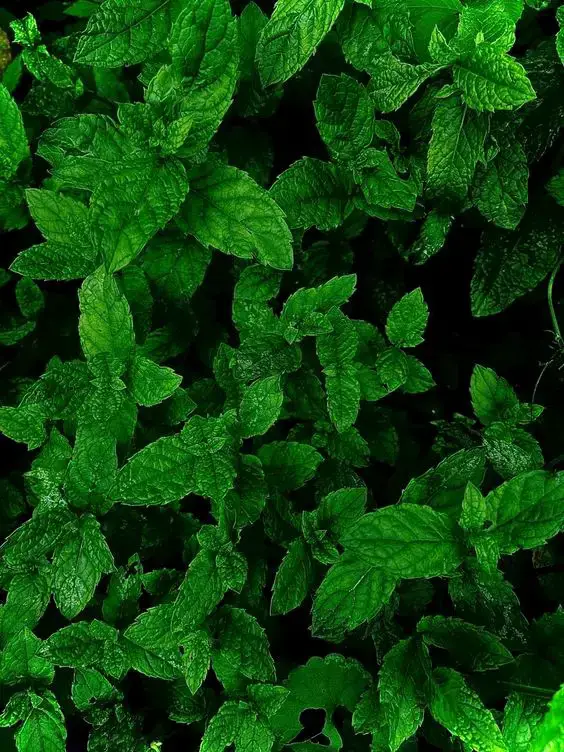
With its invigorating aroma and taste, mint is a versatile herb that has found its way into a wide range of culinary creations, including thirst-quenching beverages, sweet treats, and savory dishes. Its popularity stems not only from its unique flavor profile but also from the fact that it’s relatively low-maintenance to cultivate.
Fiddlehead ferns
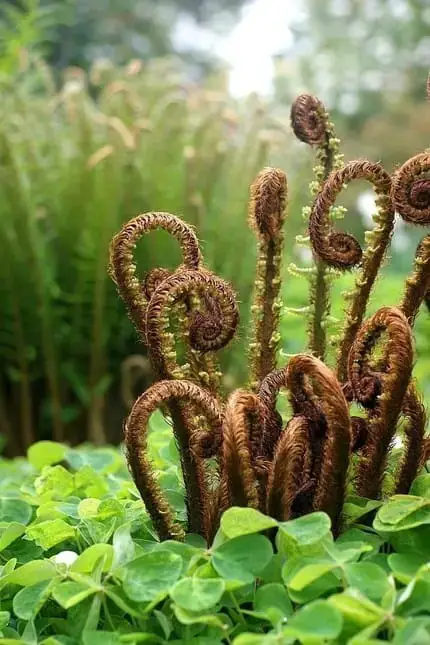
Spring brings a burst of flavors with the arrival of spiral-shaped ferns, adding a subtle yet intriguing twist to various dishes. Their delicate, slightly grassy taste profile is a perfect accompaniment to many meals, making them a delightful addition to any culinary creation.
White asparagus
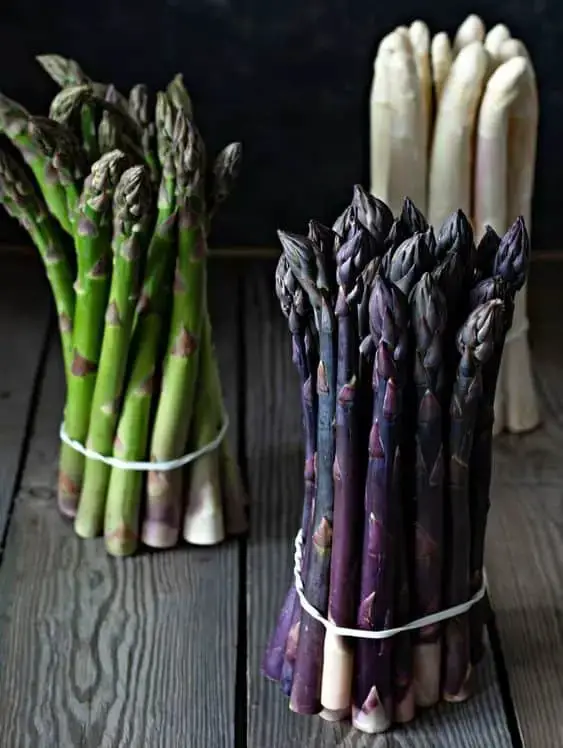
The prized delicacy is renowned for its subtle sweetness and silky texture. Interestingly, it can thrive in low-light conditions when supplied with essential nutrients and adequate moisture levels.
Kale
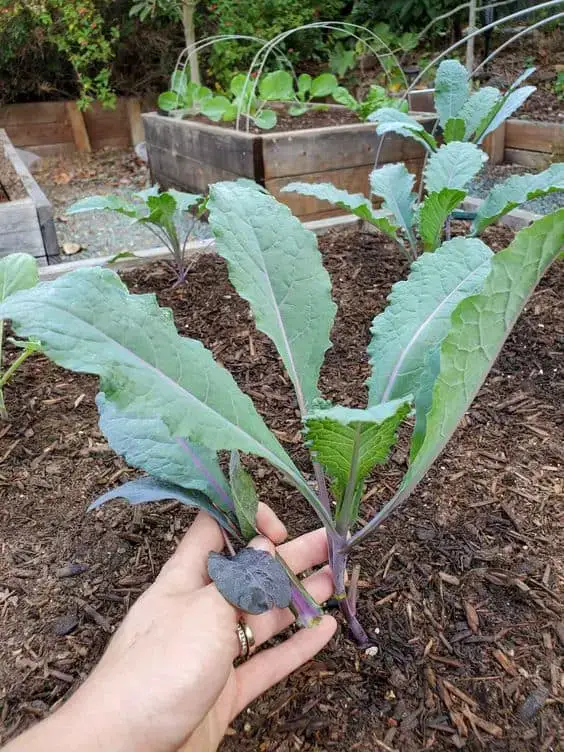
Packed with an abundance of vital vitamins, minerals, and antioxidants, kale is a nutritional powerhouse that has captured the hearts of health enthusiasts and home cooks alike. Its impressive array of essential nutrients, combined with its versatility in a variety of dishes, has cemented kale’s status as a modern culinary darling.
Ginger

For centuries, ginger has been revered for its impressive list of medicinal properties, making it a go-to natural remedy for alleviating nausea, reducing inflammation, and addressing various health concerns. Its one-of-a-kind flavor profile, coupled with its incredible versatility in cooking and the numerous health benefits it provides, have cemented its place as a beloved ingredient that continues to captivate people’s hearts.
Chameleon plant
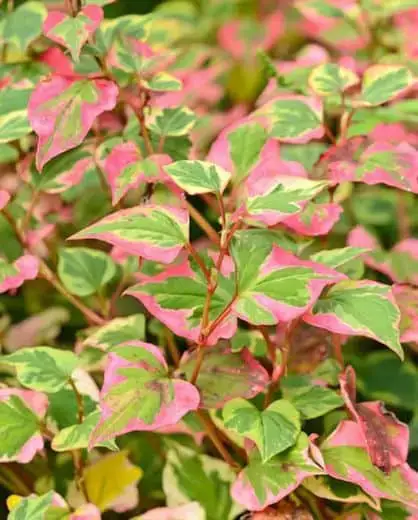
The chameleon plant is celebrated for its robust, pungent scent, which has been utilized in traditional medicine to alleviate a range of afflictions. Its striking appearance and distinctive aroma make it a sought-after addition to many gardens. Furthermore, the chameleon plant is surprisingly low-maintenance and can flourish in diverse environments, earning it a reputation as a favorite among garden enthusiasts.
Moth Orchids
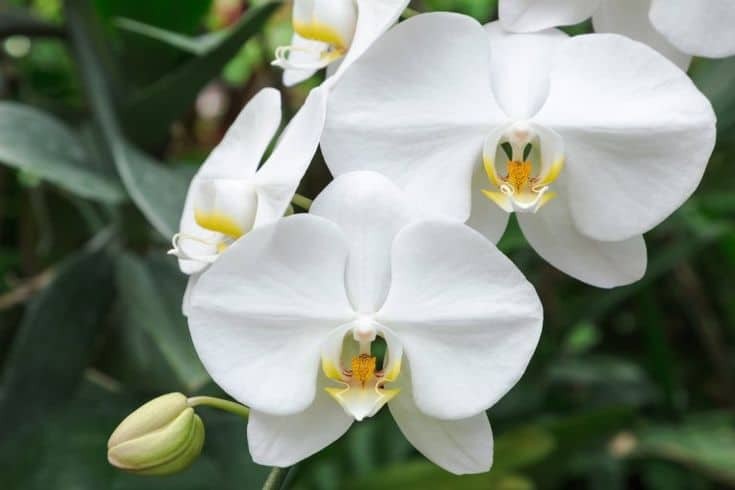
Moth orchids boast unique characteristics that set them apart from other plant species. Their stems are typically short and bear several large, leathery leaves that provide a striking visual display. One of their most intriguing features is their ability to thrive in environments without traditional soil. Instead, they often grow epiphytically, making use of other plants or objects as a medium for survival.
This adaptation has allowed them to develop thick roots capable of absorbing moisture and nutrients from the air. This remarkable ability enables moth orchids to flourish without the need for soil, a feature that is both fascinating and impressive.
5 Caring Tips For Plants That Grow In The Dark
To give your plants the best possible chance of thriving and reaching their full potential, it’s essential to adopt a few key care habits. By consistently applying these fundamental principles, you’ll be amazed at how quickly your greenery responds.
Clean the leaves
Just as plants that thrive in sunlight require regular pruning to maintain their health, those that grow in low-light conditions need occasional cleaning of their leaves to ensure optimal photosynthesis. The buildup of dust and dirt on the leaves can hinder this process, much like how it would for a plant basking in sunlight. To promote healthy growth and prevent any blockages, gently wipe down the leaves with a soft, damp cloth or a specialized leaf-cleaning solution.
Watch out for pests
When it comes to indoor plants, pests can be a silent killer that threatens the health and well-being of your greenery. Common culprits include aphids, mealybugs, and spider mites – all of which thrive in low-light conditions. To combat these unwanted visitors, it’s essential to stay vigilant and take action as needed. While chemical pesticides may seem like an easy fix, they can pose serious risks to both plants and humans. Instead, consider more natural approaches to pest control, such as introducing beneficial insects that prey on the pests.
Regularly prune and pinch
Proper pruning and pinching techniques can significantly impact the health and appearance of your plants. By implementing these methods, you can promote robust growth and prevent issues like legginess or overgrowth from arising. Pruning involves the removal of dead, damaged, or diseased stems using clean, sharp scissors or pruning shears. This process helps to maintain the overall well-being of the plant by eliminating any compromised areas. Pinching, on the other hand, requires a more delicate approach. Using your fingers, you should gently remove the growing tips of new shoots, which encourages the plant to branch out and become fuller over time.
Deadheading flowers & removing dead leaves
By tidying up your plants regularly, you can stimulate them to produce more blooms. This is achieved by removing spent flowers at the base of their stems, a simple yet effective technique that encourages new growth and flowering. A similar approach applies to leaf maintenance. Remove any dead or damaged leaves using clean, sharp scissors or pruning shears, taking care to cut as close to the stem base as possible. This not only enhances your plant’s overall appearance but also helps maintain its health.
Avoid / dilute fertilizers
When it comes to plant care, fertilizers can be a double-edged sword. On one hand, they provide essential nutrients for optimal growth and development. However, when used incorrectly, they can cause more harm than good. This is particularly true for plants that grow in low-light conditions, as their ability to absorb sunlight and energy is already compromised. To avoid inadvertently harming your plants, it’s crucial to use fertilizers judiciously, either by using them sparingly or following the package instructions to dilute them properly. A more sustainable approach would be to rely on natural sources of nutrients, such as compost or worm castings, which can provide a balanced diet for your plants without the risks associated with synthetic fertilizers.
Conclusion
While plants that grow in darkness may demand slightly more care and attention than their sun-loving counterparts, they can still bring joy and satisfaction to your home. If you’re an indoor gardener with limited space or limited access to natural light, don’t be discouraged – there are many low-light plants that thrive in these conditions. By choosing one of the many options available and devoting a little extra care to its needs, you can cultivate a beautiful and thriving indoor garden despite the lack of sunlight.


